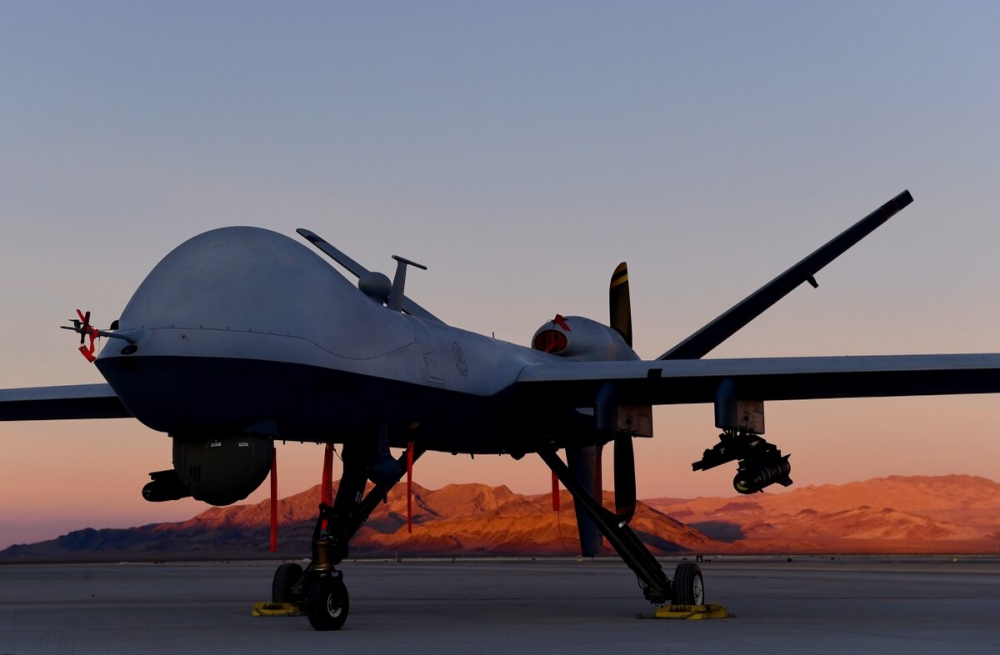Buried inside the massive $2.3 trillion spending package passed by Congress on Monday was a $286 million lifeline for General Atomics that will keep the Air Force buying MQ-9 Reaper drones at least one more year.
In its fiscal 2021 budget request, the Air Force eliminated funding to procure the Reaper, instead requesting about $172 million to begin shutting down General Atomics’ production line in Poway, California.
The decision would have meant a loss of hundreds of millions of dollars for the company, as the Air Force previously intended to buy nine MQ-9s in FY21, 17 in FY22, two in FY23 and three in FY24, according to spending plans issued in FY20.
Luckily for General Atomics, Congress has formally rejected the Air Force’s plan.
In its $696 billion spending bill for the Defense Department, lawmakers added about $286 million to buy 16 MQ-9 Reaper drones for the Air Force. That sum brings total procurement funding for the MQ-9 to approximately $344 million in FY21.
Both chambers approved the legislation Monday evening, and it now awaits President Donald Trump’s signature.
“The decision to increase funding for the MQ-9 reflects the tremendous utility of the platform,” General Atomics spokesman C. Mark Brinkley said in a statement to Defense News. “Through our ongoing investments in the aircraft and the development of new capabilities, we’re demonstrating the untapped potential of the MQ-9 as part of the future force as it continues to be a high-value asset for our warfighters.”
Whether Congress would intervene to save the MQ-9 program had been a major question for defense budget watchers. In July, the House Appropriations Committee unveiled its version of the defense spending bill that included additional funds for 16 MQ-9s. But when its Senate counterpart released its own proposal in November, it contained no money to buy additional Reapers, leaving the fate of the production line in limbo.
It’s unclear whether the Air Force will attempt to shutter MQ-9 production in FY22, but over the past year the service has ramped up its pursuit of a Reaper replacement.
The Reaper has been in service since 2007 and has spent more than a decade as the Air Force’s drone of choice for conducting surveillance and strike missions in the Middle East. But with more advanced threats arriving on the battlefield and a greater number of commercial drones on the market, the service is considering replacing the MQ-9 with a family of systems that could perform low-end missions at a cheaper price as well as other options that are more survivable than the Reaper.
Photo: Senior Airman Haley Stevens/U.S. Air Force
Source: Defense News

